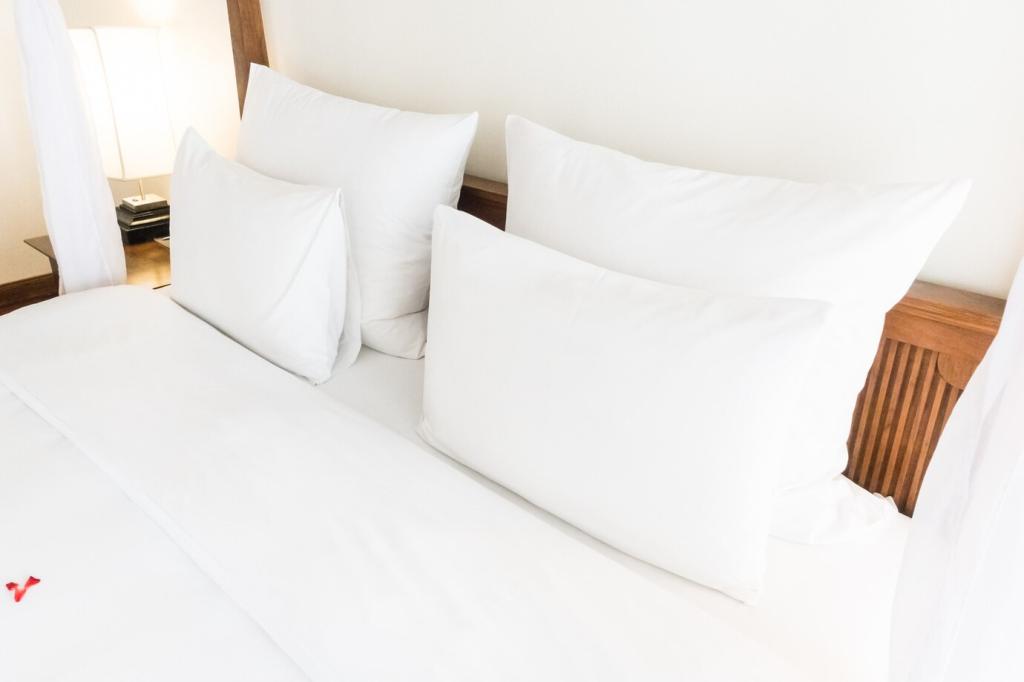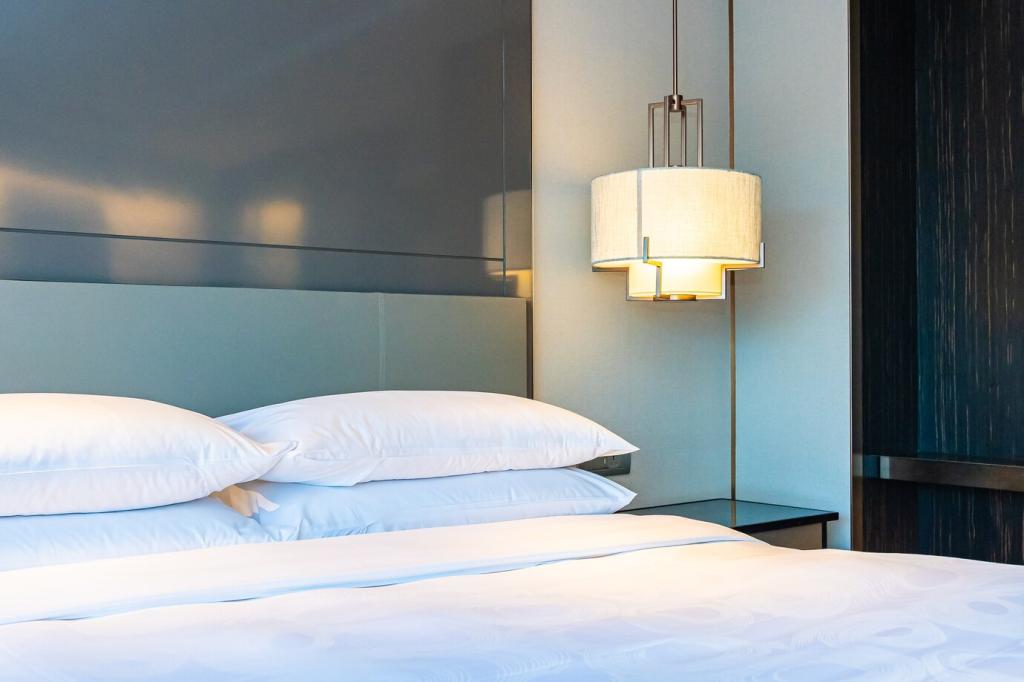Silk vs. Satin: Your Luxury Bedding Material Guide
Today’s chosen theme: Luxury Bedding Material Guide: Silk vs. Satin. Explore the feel, science, care, and comfort of these sumptuous materials, and learn how to choose sheets and pillowcases that elevate your sleep. Share your experience below and subscribe for future deep dives.
First Impressions: Touch, Drape, and Luster
Handfeel and Drape
Silk’s hand is fluid and buttery, hugging curves with a quiet, natural glide that feels intimate rather than slippery. Satin often feels ultra-slick on the surface, especially when polyester, with a quicker slide and slightly cooler initial touch. Try both, then tell us which sensation wins your night.
Sound and Movement
Silk moves with a soft hush, almost a whisper, thanks to its fine filaments and supple drape. Satin can make a brighter, shimmery swoosh as it shifts over your mattress. Notice the bedtime soundtrack during your sheet change, and drop a comment if sound affects your sense of luxury.
Visual Luster
Silk glows with a subtle, pearly sheen that changes with the angle of light due to its triangular filaments. Satin typically shines more dramatically because the weave reflects light in broad, glossy planes. Snap a daylight photo comparison at home and share which glow feels more elegantly luxurious to you.

This is the heading
Lorem ipsum dolor sit amet, consectetur adipiscing elit. Ut elit tellus, luctus nec ullamcorper mattis, pulvinar dapibus leo.

This is the heading
Lorem ipsum dolor sit amet, consectetur adipiscing elit. Ut elit tellus, luctus nec ullamcorper mattis, pulvinar dapibus leo.
Care and Longevity in Daily Life
Washing and Detergents
For silk, use cold water, a mesh laundry bag, and a pH-neutral detergent without enzymes or bleach. Choose a gentle cycle, skip softeners, and air-dry away from direct sun. Polyester satin is generally more tolerant of machine cycles, but cool water and low spin still preserve its gloss. Share your care routine tips.
Wrinkles, Snags, and Sheen Over Time
Silk resists wrinkles better than many expect, but sharp jewelry and rough zippers can snag delicate filaments. Satin’s long floats may also catch, especially at seams or dry skin patches. Rotate pillowcases, keep nails smooth, and consider a weekly fabric check. Tell us which fabric held its sheen longer in your home.
Storage and Sunlight
Ultraviolet light can weaken silk, so store sets in breathable cotton bags and avoid window ledges. Polyester satin better tolerates sun but can still fade or heat-stretch. Keep both fabrics cool, dry, and folded loosely to relieve stress lines. Do you store bedding seasonally? Share your best protective storage hacks.

Beauty Sleep: Hair and Skin Perks
Silk’s smooth surface reduces friction that can contribute to pillow creases and irritation, while its breathability helps limit clammy humidity. Readers with reactive complexions often report calmer mornings after switching. Pair with fragrance-free detergent to minimize potential triggers, and tell us if silk pillowcases changed your skincare recovery overnight.
Beauty Sleep: Hair and Skin Perks
Satin pillowcases are a popular, accessible option for reducing hair friction, especially for curls and coils prone to breakage. Many stylists recommend starting with satin if you’re experimenting on a budget. Combine with protective styles or a loose scrunchie to minimize tension. Comment with your curl pattern and what worked best.

Seasonal Comfort and Bedroom Climate
Silk’s moisture management and breathability help disperse heat and humidity, keeping you closer to neutral comfort. Polyester satin may feel warmer and less vented, particularly in closed rooms. Try opening a window, using a fan, and sleeping on silk pillowcases first. Vote in our poll: which fabric kept you coolest?
Seasonal Comfort and Bedroom Climate
In colder rooms, satin’s slightly insulating feel can be cozy, while silk layers beautifully beneath quilts without clinging. Some readers love silk duvets for weightless warmth, then add a satin top sheet for easy glide. Test both approaches for a week each and share which layering strategy felt more inviting.


Ethics, Sustainability, and Certifications
Traditional mulberry silk involves harvested cocoons and produces the smoothest, longest filaments. Alternatives like eri or so-called “peace” silk avoid conventional cocoon harvesting but can feel nubbier due to shorter fibers. Ask brands for process details and provenance. If ethics matter deeply to you, share how you weigh texture versus process.

How to Choose: A Practical Decision Guide
Choose silk if you value breathability, thermoregulation, and a refined, pearl-like glow. Choose satin if you prefer a high-gloss look, easier laundering, and a friendlier entry point. Silk satin blends both worlds at higher cost. Share your top three priorities and we’ll suggest a personalized direction in the comments.
